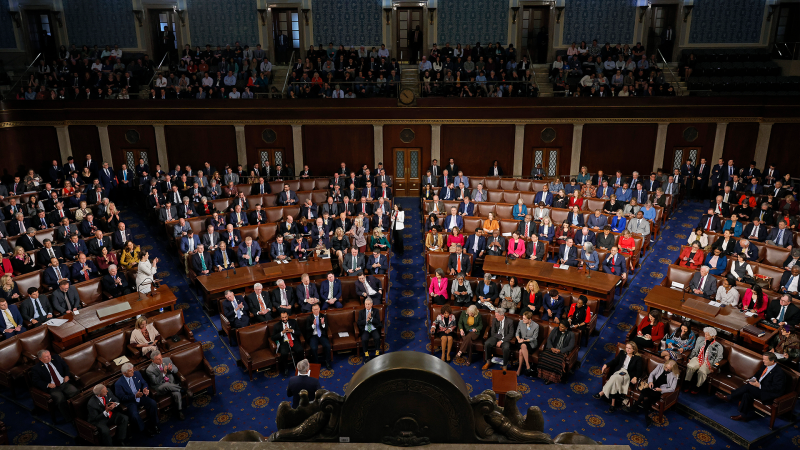The US Senate is one of the most powerful legislative bodies in the world, responsible for shaping national and international policy. In this committee, delegates will step into the role of US Senators, representing their states and political parties (Democratic, Republican, or Independent). The Senate’s decisions will have far-reaching consequences, balancing domestic priorities with global responsibilities.
Topics and Relevance
United Nations Charter Ratification
In the aftermath of World War II, the United Nations was established to promote international peace and cooperation. However, the US Senate must ratify the UN Charter to ensure America’s participation. Delegates will debate the merits of joining the UN, weighing national sovereignty against global collaboration. Should the US take a leading role in the new world order, or should it prioritize its independence? This discussion will test the Senators’ ability to balance idealism with pragmatism.


Post-War Military and Economic Aid Progress
As the world rebuilds after WWII, the US faces critical decisions about its role in global recovery. Delegates will discuss the allocation of military and economic aid to war-torn nations, including the Marshall Plan for Europe and reconstruction efforts in Asia. How can the US ensure stability and prevent future conflicts while addressing domestic needs? This agenda item will challenge Senators to navigate the complexities of post-war diplomacy and resource allocation.
Rules of Procedure
1. Roll Call
- The Director (Chair) will call the roll to confirm attendance.
- Delegates (Senators) should respond with “Present” or “Present and Voting.”
2. Pledge of Allegiance
- The Director will lead the committee in reciting the Pledge of Allegiance:
- “I pledge allegiance to the Flag of the United States of America, and to the Republic for which it stands, one Nation under God, indivisible, with liberty and justice for all.”
- Once the pledge is completed, the chamber is officially open for debate.
3. Agenda of the Day
- The Director will present the Agenda of the Day, outlining the topics and bills to be discussed during the session.
- The Director will decide which topic or bill to begin debate with.
4. Leader Time
- The Majority Leader (Senator Charles E. Schumer, D-NY) and the Minority Leader (Senator Mitch McConnell, R-KY) will each be given 1 minute to speak.
- Leaders will outline their party’s stance on the topic or bill being discussed.
5. General Floor Debate
- This is the equivalent of the Secondary Speaker’s List in traditional MUN committees.
- Senators will take turns speaking to present their positions on the topic or bill.
- Speakers should address the chamber as “Senator [First Name] [Last Name].”
6. Motions
Senators can propose motions to guide the flow of debate. The following motions are available:
a. Moderated Caucus
- A structured debate on a specific subtopic.
- Senators must specify the topic, speaking time (e.g., 1 minute), and duration of the caucus (e.g., 10 minutes).
- Example: “Senator X motions for a 10-minute moderated caucus on climate change, with 1-minute speaking times.”
b. Unmoderated Caucus
- An informal discussion period where Senators can move around and collaborate.
- Senators must specify the duration of the caucus.
- Example: “Senator Y motions for a 15-minute unmoderated caucus.”
c. Party Caucus
- A private discussion within political parties (Democrats, Republicans, and the independent Senator joining the Democrats).
- Senators must specify the duration.
- Example: “Senator Z motions for a 10-minute party caucus.”
d. Filibuster
- A Senator can motion for a filibuster to speak for up to 5 minutes.
- The filibuster can be used to:
- Present a detailed argument on a contentious issue.
- Stall the committee to buy time for party negotiations.
- The committee can end the filibuster early through a cloture motion, which requires a simple majority vote.
7. Bill Introduction
- Senators can submit Bills to the Director for approval.
- Once approved, the Bill sponsors can motion to present the Bill to the committee.
- Up to 5 sponsors may read the Bill aloud to the committee.
- The Bill must have at least 10 co-sponsors (equivalent to signatories) to be considered.
8. Amendments
- Senators can propose amendments to Bills:
- Friendly Amendments: Automatically added if approved by the Bill sponsors.
- Unfriendly Amendments: Debated in a 2 For, 2 Against format, followed by a vote. A simple majority is required to pass.
9. Voting Procedure
- After debate, the committee will vote on the Bill or amendment.
- A simple majority is required to pass a Bill or unfriendly amendment.
- The Director will announce the results of the vote.
10. Closing the Session
- The Director will summarize the committee’s work and announce any passed Bills.
- Outstanding Senators may be recognized for their contributions.
Flowchart Summary
Closing the Session.
Roll Call → Pledge of Allegiance → Agenda of the Day → Leader Time → General Floor Debate.
Motions: Moderated Caucus, Unmoderated Caucus, Party Caucus, Filibuster.
Bill Introduction → Amendments → Voting.


